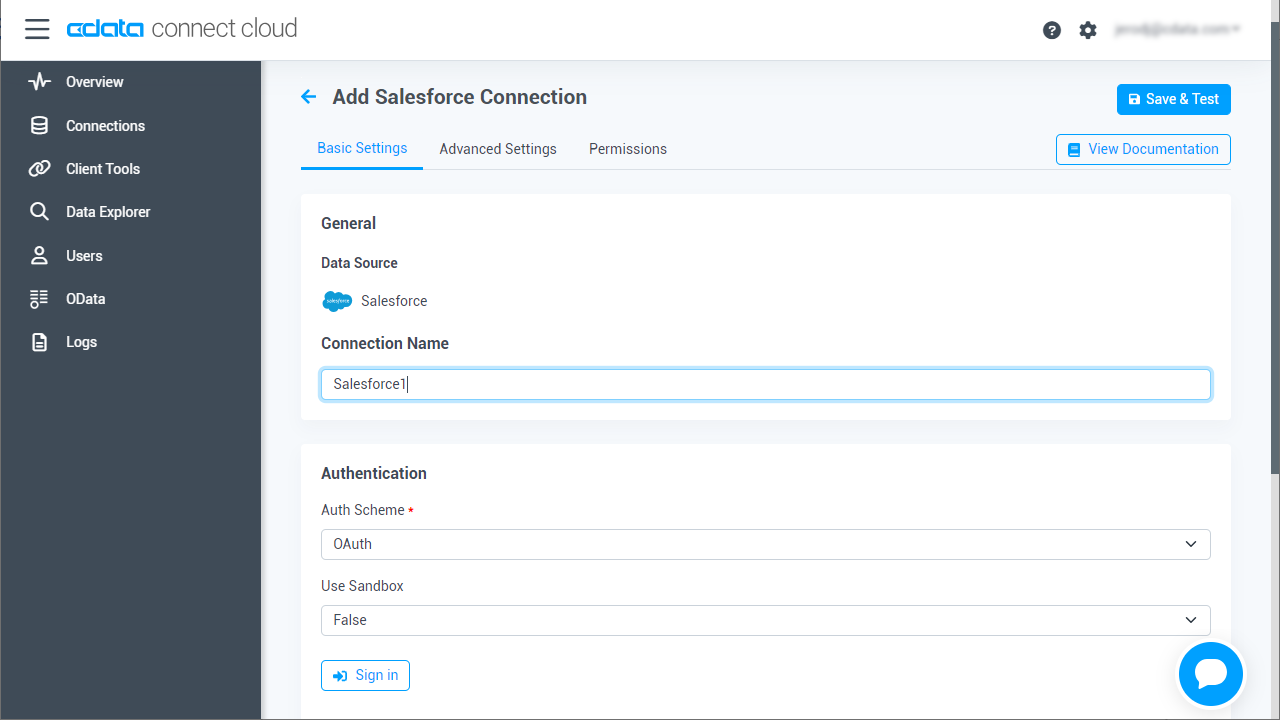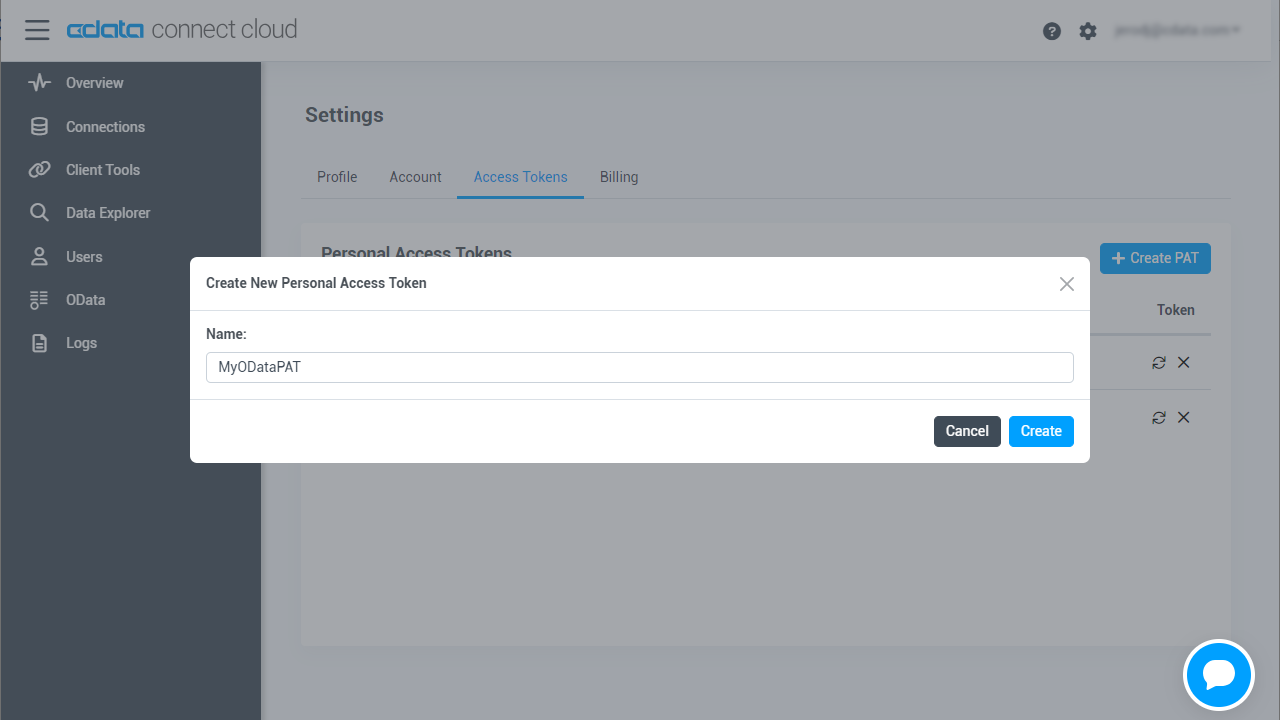Discover how a bimodal integration strategy can address the major data management challenges facing your organization today.
Get the Report →Query Monday.com Data as a SQL Server Database in Node.js
Execute SQL Server queries against Monday.com data from Node.js.
You can use CData Connect Cloud to query Monday.com data through a SQL Server interface. Follow the procedure below to create a virtual database for Monday.com in Connect Cloud and start querying using Node.js.
CData Connect Cloud provides a pure MySQL, cloud-to-cloud interface for Monday.com, allowing you to easily query live Monday.com data in Node.js — without replicating the data to a natively supported database. As you query data in Node.js, CData Connect Cloud pushes all supported SQL operations (filters, JOINs, etc) directly to Monday.com, leveraging server-side processing to quickly return Monday.com data.
Configure Monday.com Connectivity for NodeJS
Connectivity to Monday.com from NodeJS is made possible through CData Connect Cloud. To work with Monday.com data from NodeJS, we start by creating and configuring a Monday.com connection.
- Log into Connect Cloud, click Connections and click Add Connection
![Adding a Connection]()
- Select "Monday.com" from the Add Connection panel
![Selecting a data source]()
-
Enter the necessary authentication properties to connect to Monday.com.
You can connect to Monday.com using either API Token authentication or OAuth authentication.
Connecting with an API Token
Connect to Monday.com by specifying the APIToken. Set the AuthScheme to Token and obtain the APIToken as follows:
- API tokens for admin users
- Log in to your Monday.com account and click on your avatar in the bottom left corner.
- Select Admin.
- Select "API" on the left side of the Admin page.
- Click the "Copy" button to copy the user's API token.
- API tokens for non-admin users
- Click on your profile picture in the bottom left of your screen.
- Select "Developers"
- Click "Developer" and then "My Access Tokens" at the top.
- Select "Show" next to the API token, where you'll be able to copy it.
Connecting with OAuth Authentication
Alternatively, you can establish a connection using OAuth (refer to the OAuth section of the Help documentation).
![Configuring a connection (Salesforce is shown)]()
- API tokens for admin users
- Click Create & Test
- Navigate to the Permissions tab in the Add Monday.com Connection page and update the User-based permissions.
![Updating permissions]()
Add a Personal Access Token
If you are connecting from a service, application, platform, or framework that does not support OAuth authentication, you can create a Personal Access Token (PAT) to use for authentication. Best practices would dictate that you create a separate PAT for each service, to maintain granularity of access.
- Click on your username at the top right of the Connect Cloud app and click User Profile.
- On the User Profile page, scroll down to the Personal Access Tokens section and click Create PAT.
- Give your PAT a name and click Create.
![Creating a new PAT]()
- The personal access token is only visible at creation, so be sure to copy it and store it securely for future use.
With the connection configured, you are ready to connect to Monday.com data from Node.js.
Query Monday.com from Node.js
The following example shows how to define a connection and execute queries to Monday.com with the SQL Server module. You will need the following information:
- server: tds.cdata.com
- port: 14333
- user: a Connect Cloud user (e.g. user@mydomain.com)
- password: the PAT for the above user
- database: The connection you configured for Monday.com (Monday1)
Connect to Monday.com data and start executing queries with the code below:
var sql = require('mssql')
var config = {
server: 'tds.cdata.com',
port: 14333,
user: 'user@mydomain.com', //update me
password: 'CONNECT_USER_PAT', //update me
options: {
encrypt: true,
database: 'Monday1'
}
}
sql.connect(config, err => {
if(err){
throw err ;
}
new sql.Request().query('SELECT * FROM Invoices', (err, result) => {
console.dir(result)
})
});
sql.on('error', err => {
console.log("SQL Error: " ,err);
})











